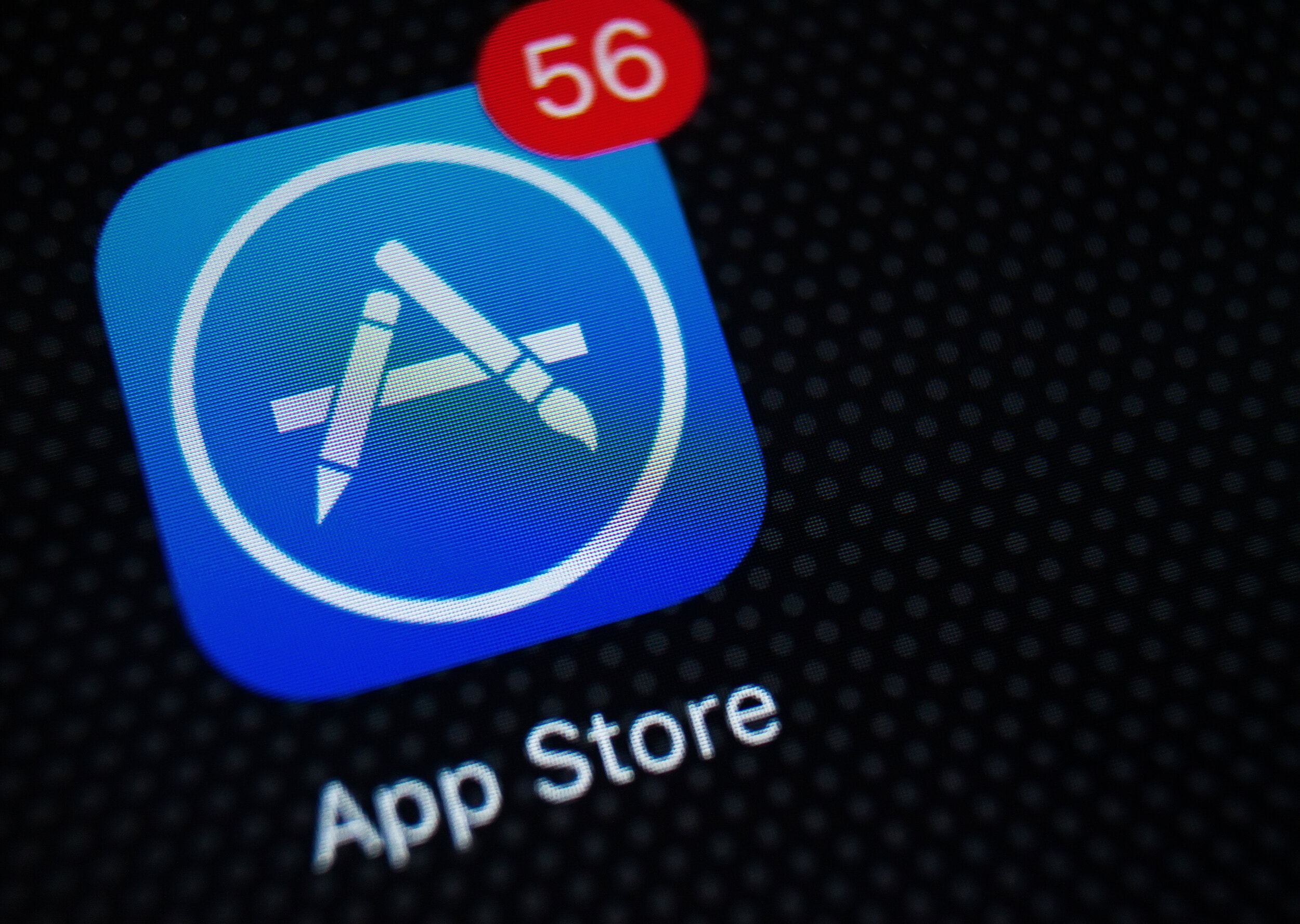The Internet of Things Has Arrived! Are Your App Developers Prepared?
The blogs, tech mags, and even mainstream media have hailed the arrival of the Internet of Things, unsurprisingly abbreviated as the IoT. The newest smart watch is out, and a wide variety of connected devices are available on the marketplace already. Is the IoT something your app developers need to be working on now? Can you wait? Is it worth developing for these newfangled devices before the market’s acceptance is clear? Here’s your guide.
1. Is Wearable Tech a Worthwhile Endeavor?
The smart watch is new and it’s cool. What it isn’t is an everyday thing for everyone.
The media would have us believe that every other person on planet earth was wearing a smart watch and all their dogs had smart collars. The reality is that these devices are still quite new and haven’t gone mainstream yet. Don’t feel like you’ve lost the game if you don’t already have an app for the new Apple watch or Sony FES. It’s still unclear if there will be a solid, long-term market for these devices, and if so, there is plenty of time to develop apps before you miss the bandwagon.
2. Are Other Connected Devices a Viable Option?
Wearable tech isn’t the only market for IoT apps. In fact, it’s not even the largest market (yet). Connected devices including home appliances, vehicles, pet supplies, sports gear, and much more are a viable market for app developers to investigate. It doesn’t even have to be your own product; many developers find a way to tie their app in with another product to offer features and functionality.
Say, for example, you sell 100 percent pure bottled drinking water. Your target market is likely composed of 1.) health-conscious people and 2.) people concerned about the environment. These groups might also be interested in apps that help them monitor or reduce energy use, detect the quality of drinking water, or help them promote worthy causes like cleanup days or Earth Day.
3. Will the App Add Value to the Product?
Connected devices aren’t new and exciting anymore. An app has to provide value and usefulness to any device to be successful.
Connectivity and features like GPS tracking, energy consumption monitoring, and vital sign monitoring aren’t new anymore. You can’t just develop a “connected device” or app for one and assure exposure or acceptance. It has to offer additional value. What about the app makes the product better? Is the product likely to be more successful because of the app? What can the user glean from the product with the app that they couldn’t without it? Answer these questions before delving into development.
4. Will It Be Practical?
An app can be useful, but still not practical. Is it easy enough to use that people will go to the effort? Is the interface large enough to make selections easy? Is it intuitive? You can’t depend on users of the IoT to take the time to read documentation. Smartphones and simplified navigation systems in cars have trained users to wing it. If they can’t figure out how to use it pretty quickly without reading a manual, they just won’t use it. Who’s going to spend 15 minutes trying to learn how to use their new light bulb or doggie feeding system?
5. Will It Be Affordable?
The technology powering the IoT has dropped dramatically. Yet there are still situations where the technology would make an extremely inexpensive item cost prohibitive. Before sticking an app on a low-cost item, make sure the market will support the extra price you’ll need to charge to generate revenue.
The important thing to remember is that the IoT is in its neonatal stage. You should absolutely have development for these types of apps in your long-term plan book, but don’t let the media hype fool you into thinking that the ship has sailed and you weren’t aboard. Visit Glance today to get started on an app development plan that will work perfectly for your business, both over the short term and as the IoT matures.
Share this
Subscribe To Our Blog
You May Also Like
These Related Stories

Apple App Store Approval Process Explained 2024

7 Cutting-Edge Trends Your App Developers Should Be All Over





